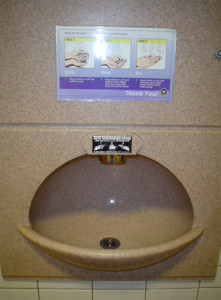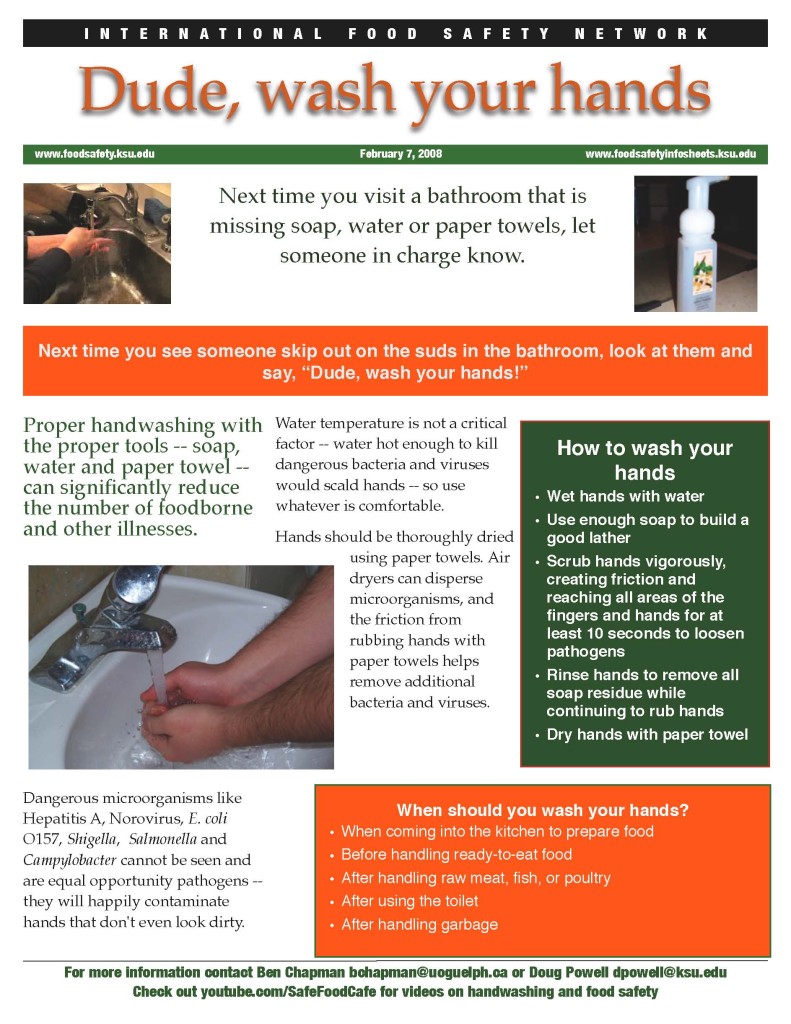Almost seven years ago, I got hired by Kansas State University after publicly declaring their all-in-one handwashing system sorta sucked.
 The prez agreed, and I wrote a summary document of available research
The prez agreed, and I wrote a summary document of available research
Probably should have turned that into a paper and published it (although we have published other handwashing things).
No worries, Dr Cunrui Huang of the Queensland University of Technology has done it for me, concluding it is more hygienic to dry your hands with a paper towel than an electric dryer.
Paper towels are more efficient because they work more quickly than hot air and physically remove germs from the hand, an Australian researcher found.
The transfer of germs is more likely from wet hands than dry hands.
“A hand dryer takes 30 seconds longer to achieve about the same dryness as a towel. This is important because most people spend less than 20 seconds drying their hands,” Dr Huang said.
“It is likely that paper towels also work better because they physically remove bacteria from the hands, whereas hot air dryers and jet air dryers cannot.”
Dr Huang reviewed 12 studies that evaluated the drying efficiency and removal of bacteria when using paper towels, cloth towels, hot air dryers and new jet air systems.
“What I found was that from a hygiene viewpoint, paper towels are superior,” he says.
Keith Redway, senior academic in Microbiology and Molecular Biology at Westminster University has shown that disposable paper towels remove 58 per cent of bugs and cotton roller-towels 45 per cent.
“The message has to be to wash and then dry your hands thoroughly, using  paper towels, not the hot-air dryers,” explained Redway.
paper towels, not the hot-air dryers,” explained Redway.
Unfortunately, paper towels are rare in Queensland and Australian bathrooms, and in many other places. There are lots of handwashing preachers, but what about providing the proper tools for handwashing, like paper towels?
And yes, I still take pictures in bathrooms.









